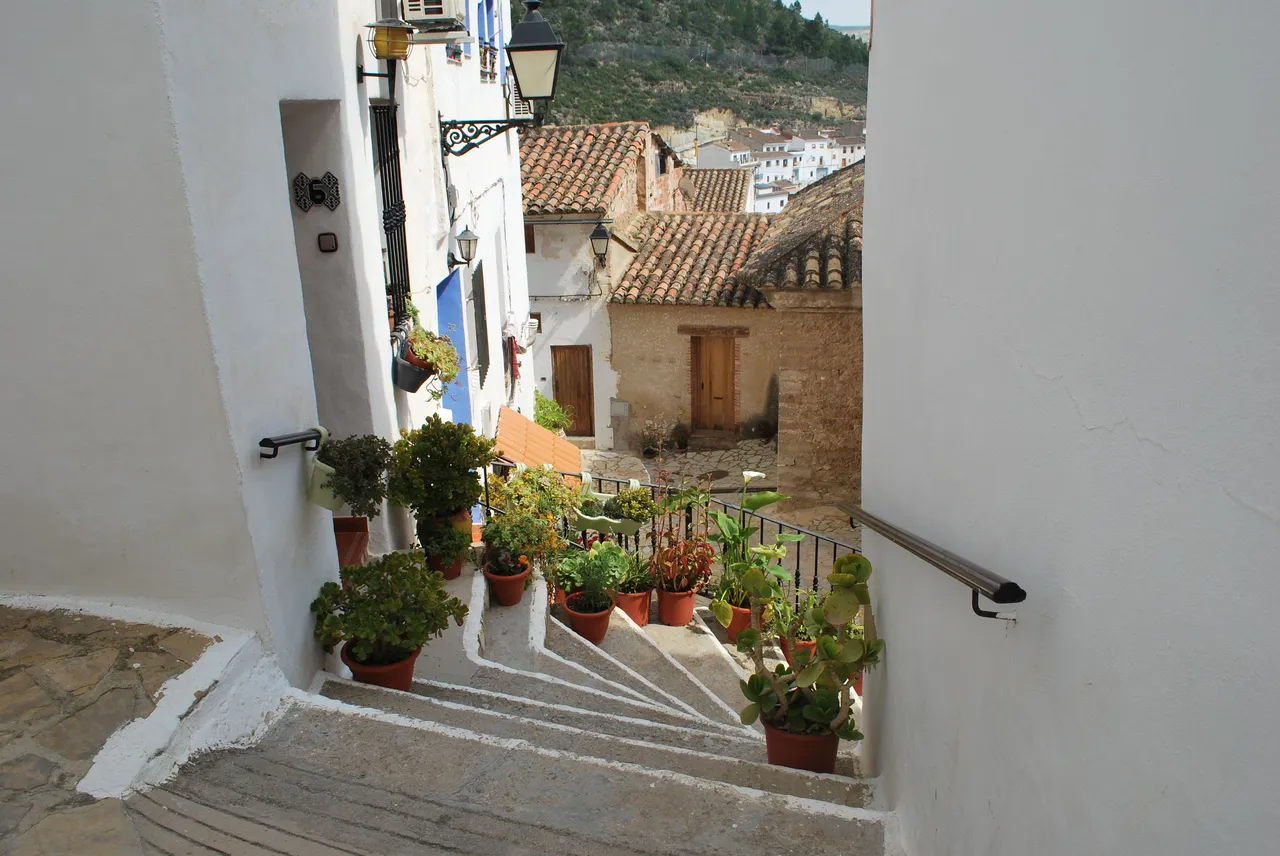
I will never forget the first time I visited one of those small Spanish villages, with tiny narrow streets and that early afternoon feeling I got from it. Nobody on the streets, tranquillity... well, it is siesta time. Just sun, random but also calm chirping of birds and maybe a cat or two you can meet.
Stairs, flowers in the front doors and stone. A lot of stone houses. Not rich but hopefully honest people living there. A mystery I always try to find out when facing a place that is not so recently built and settled down. This was my feeling once again, walking and conquering the streets of Chulilla two days ago.
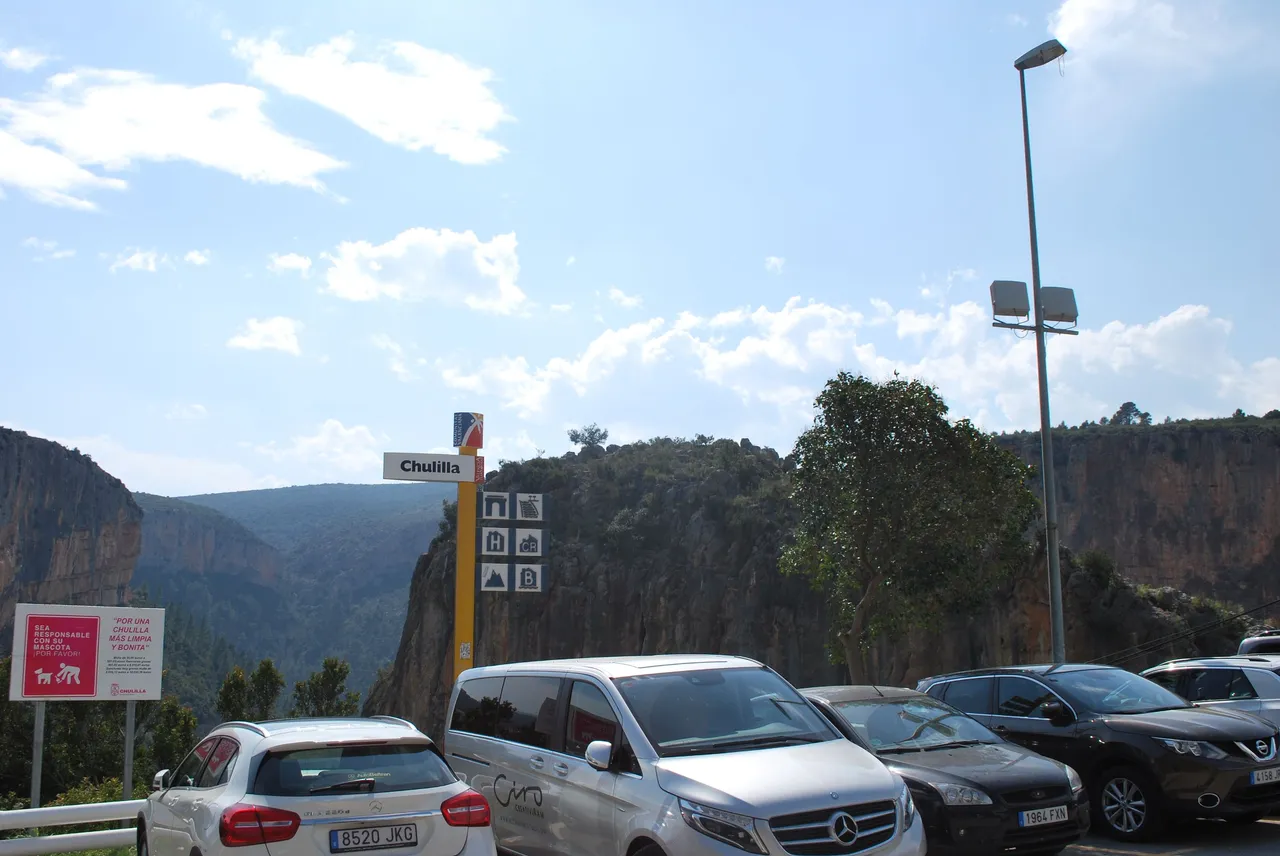
Chulilla, what a strange name, you would say. Even for people that speak Spanish, it will be a fun and a strange name for a village. Who knows actually why it received its name, but we would have to reach back to past to find it out. There are some indications that Chulilla comes from Xulella (and it from Iulella, from Latin) and that a Roman settlement could exist there.
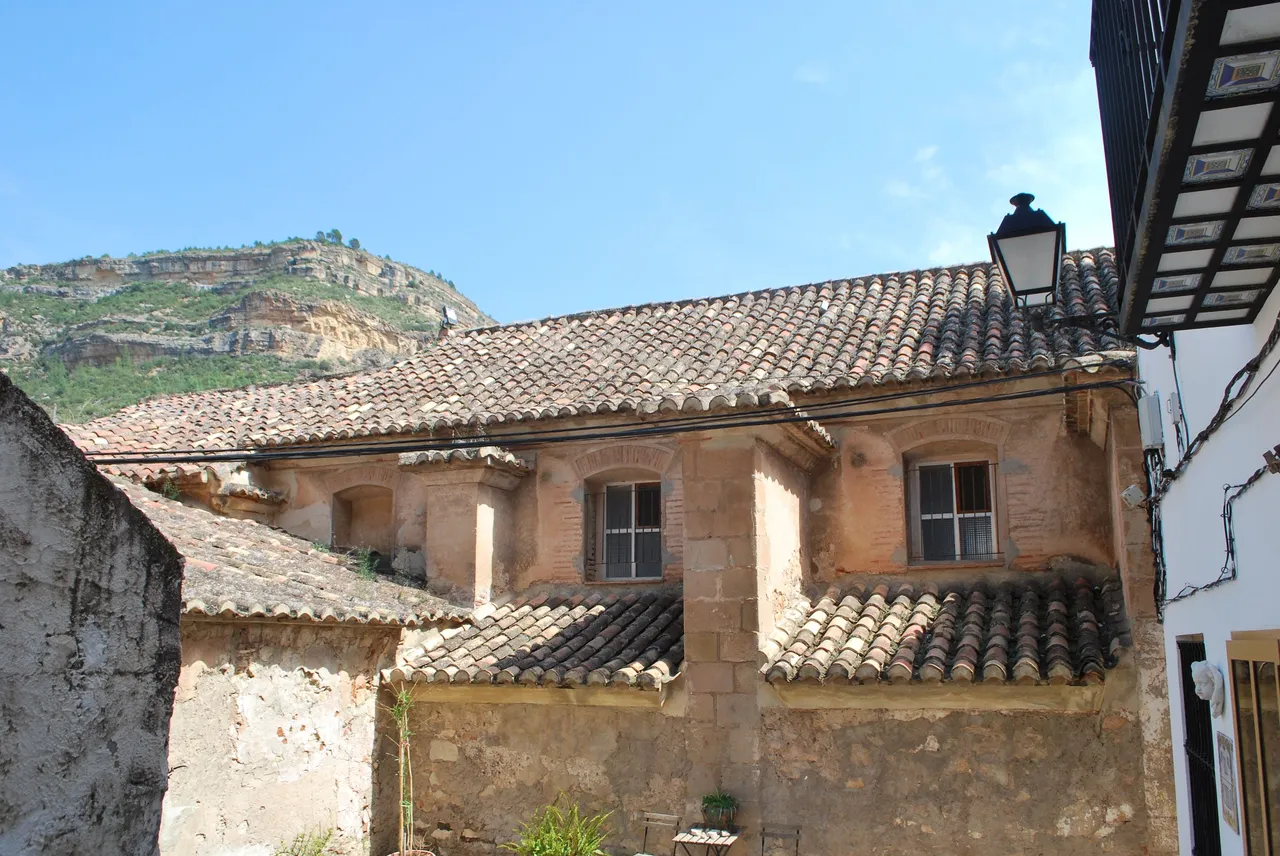

The irrigation system, coming from the river Turia can prove it. But more data is not found until the Middle Ages. The battles between Christians and Muslims already leave more traces, as also the castle and the fortification. The remains of them can be seen above the town, on the mountain.
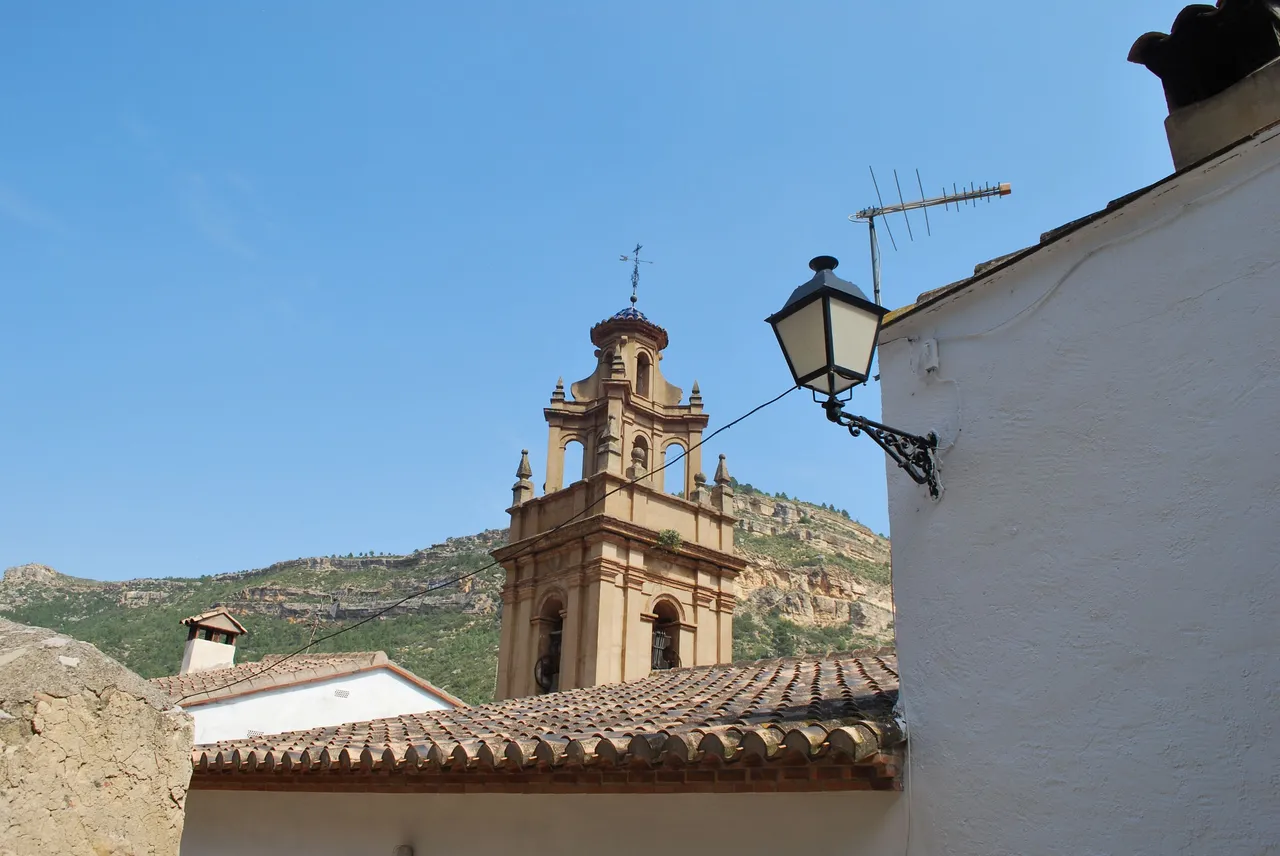
A fortification? Ruins of a castle? I didn't have to think twice to convince the rest of the people I was with to go there. To climb there, to be more precise. We went to visit that place on Monday, but not the village itself was the goal. It just came after our hiking around the river (which also brought some surprises, but the story of that will be told on another occasion).
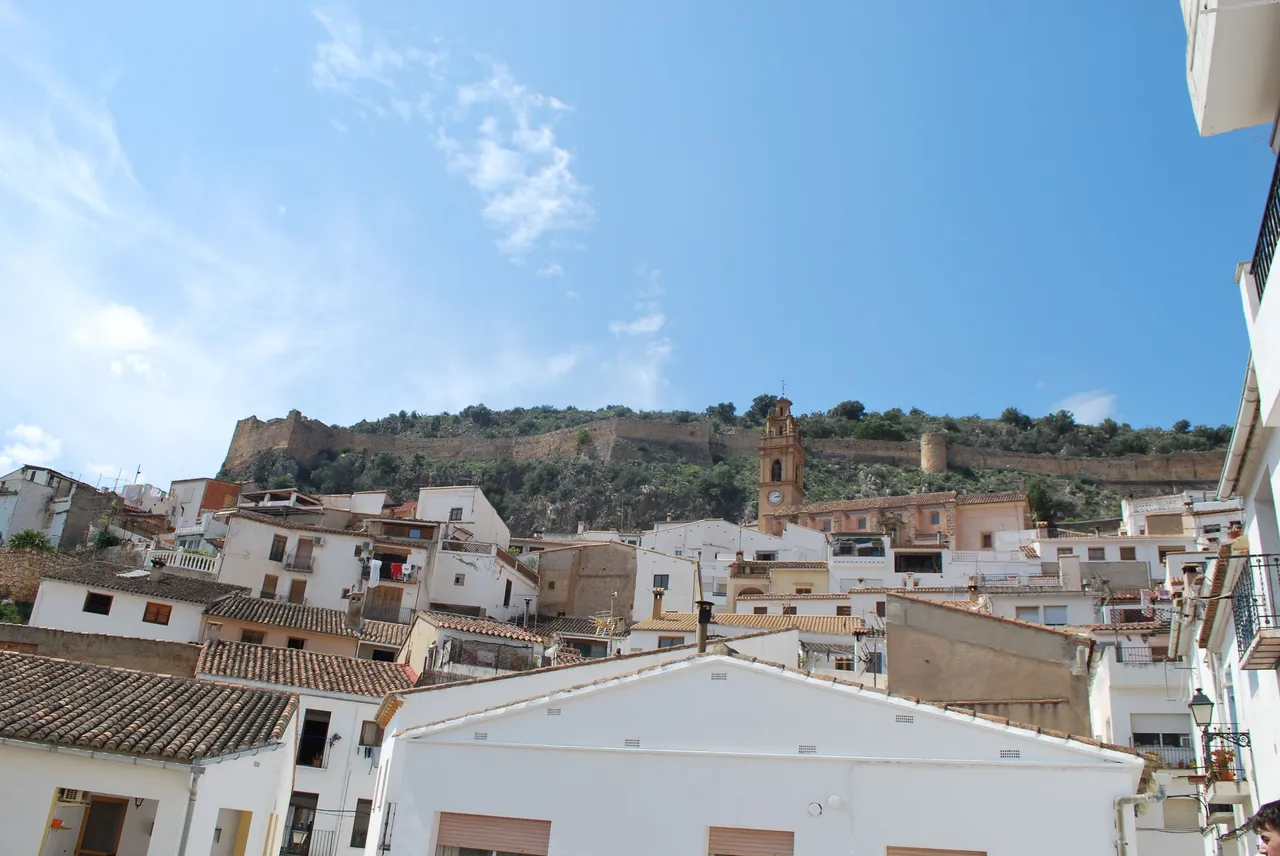
For now, I am bringing the streets of the Chulilla itself, those super narrow ones and with plants and flowers in the windows and entrances. They give some charm to every place, and especially if the houses are not shining with some unique style, plants and decoration can bring more life to them.
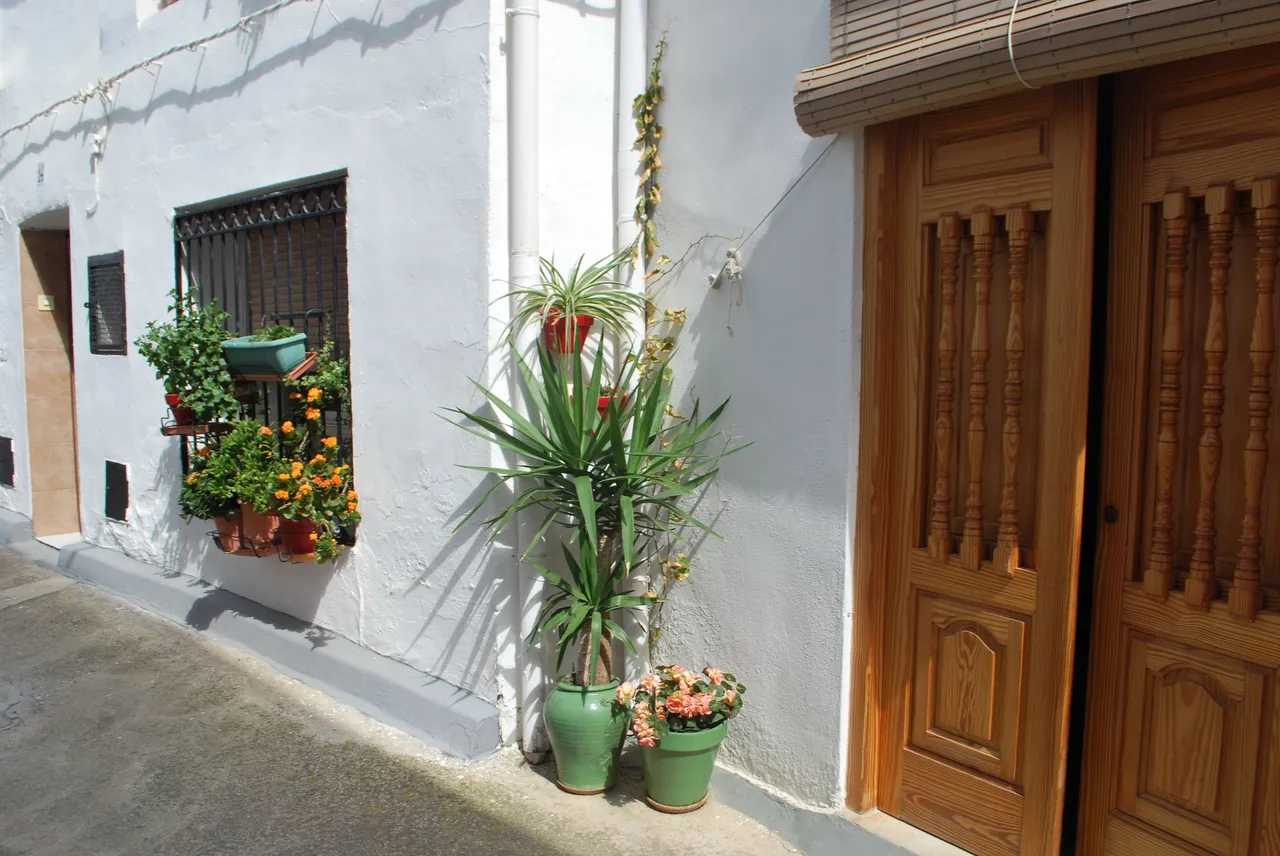
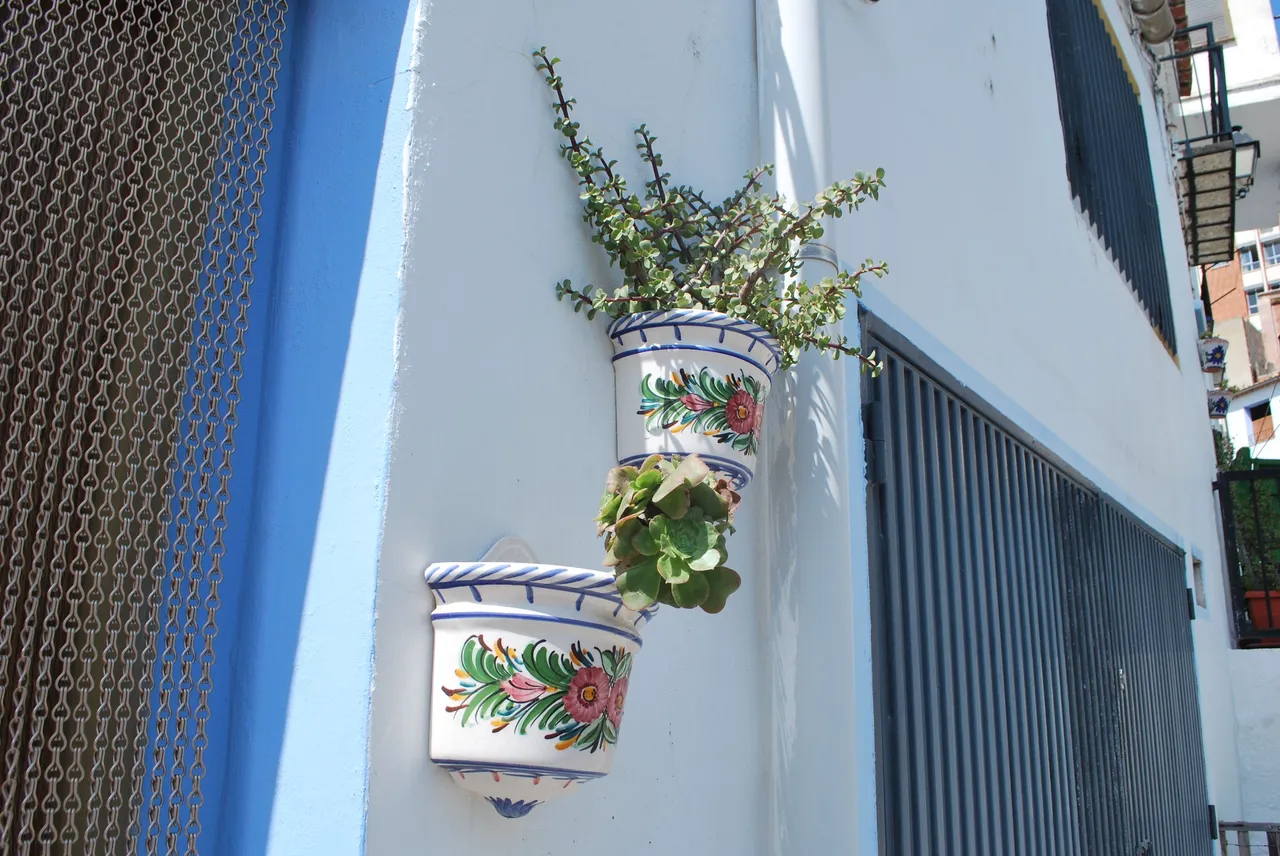
What I spotted are those charming bells. And the colours the habitants of these houses use to paint the part of the walls where the windows and doors are. The facades are white, but the contrast that this orange and blue colour gives them is a nice detail and pleasure for the eyes.

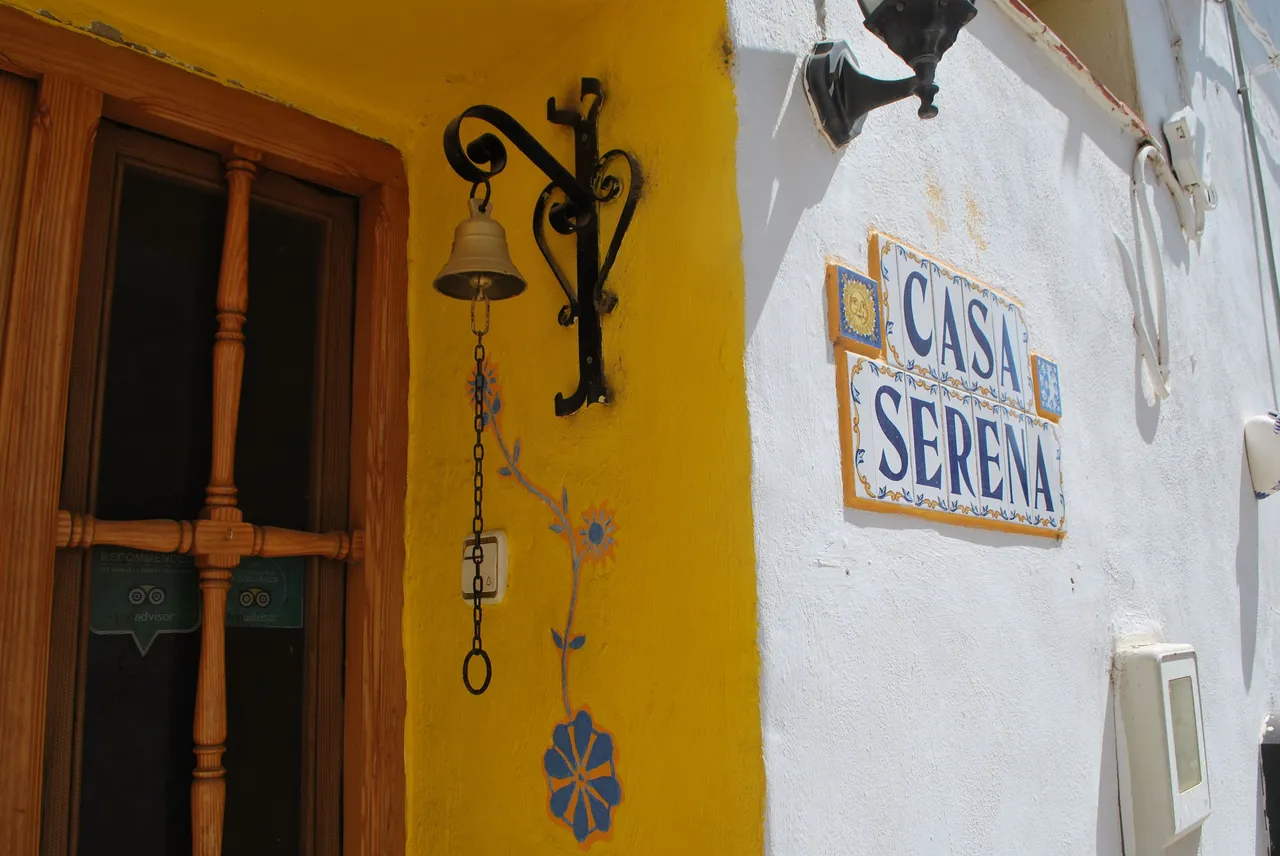

What do you think, what is the most suitable vehicle for the people living in this village?
A donkey?
Feet only?
Maybe a bicycle or a motorcycle? Well, here and there I saw some cars too...
How do they drive and park there?
Pure magic :D
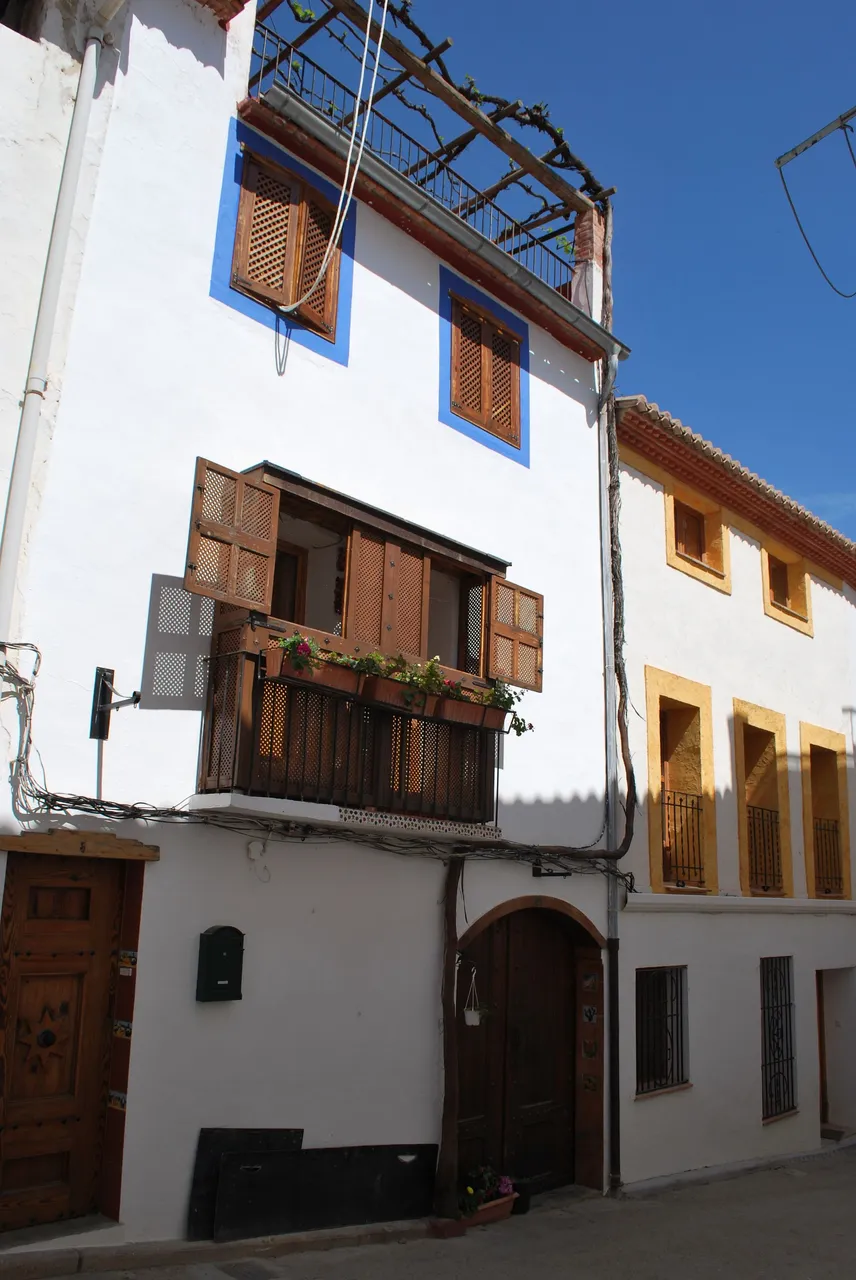
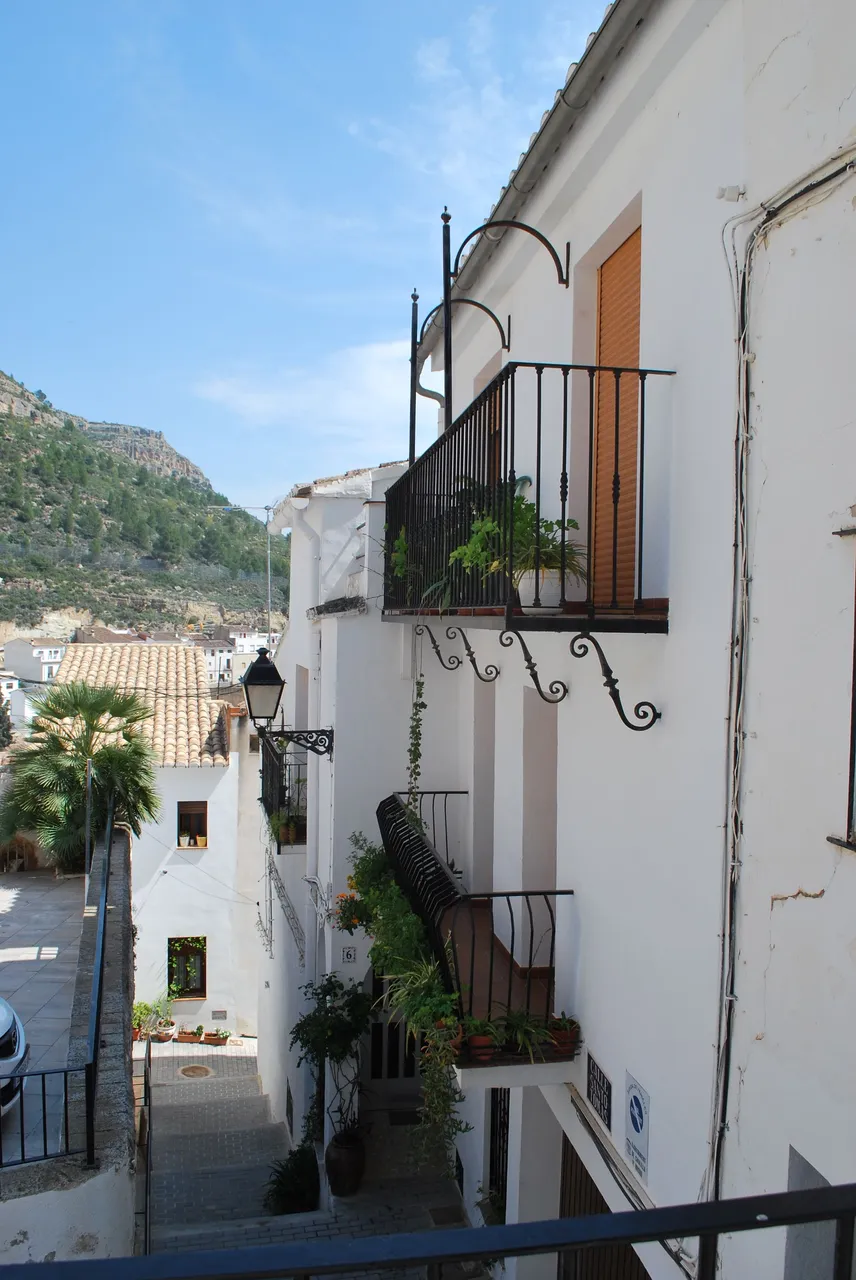
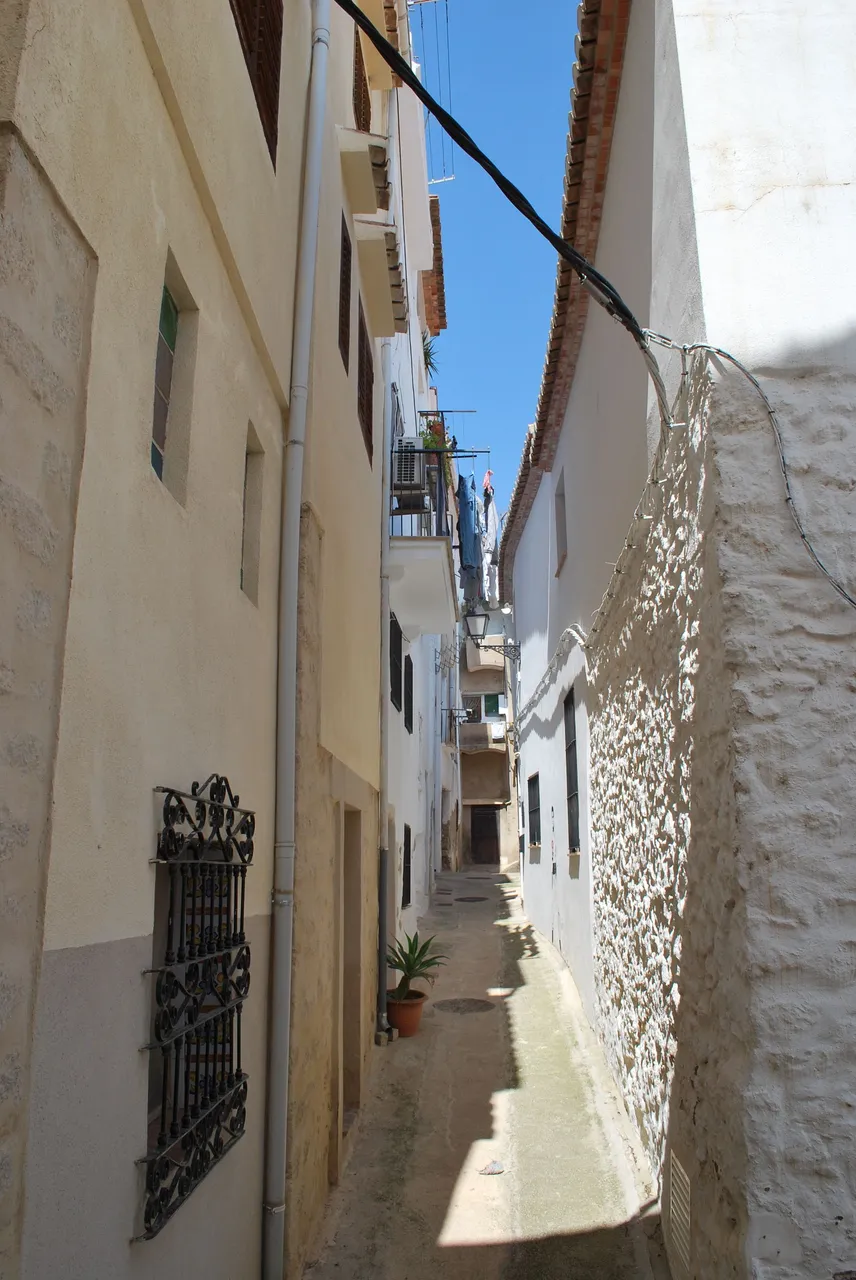
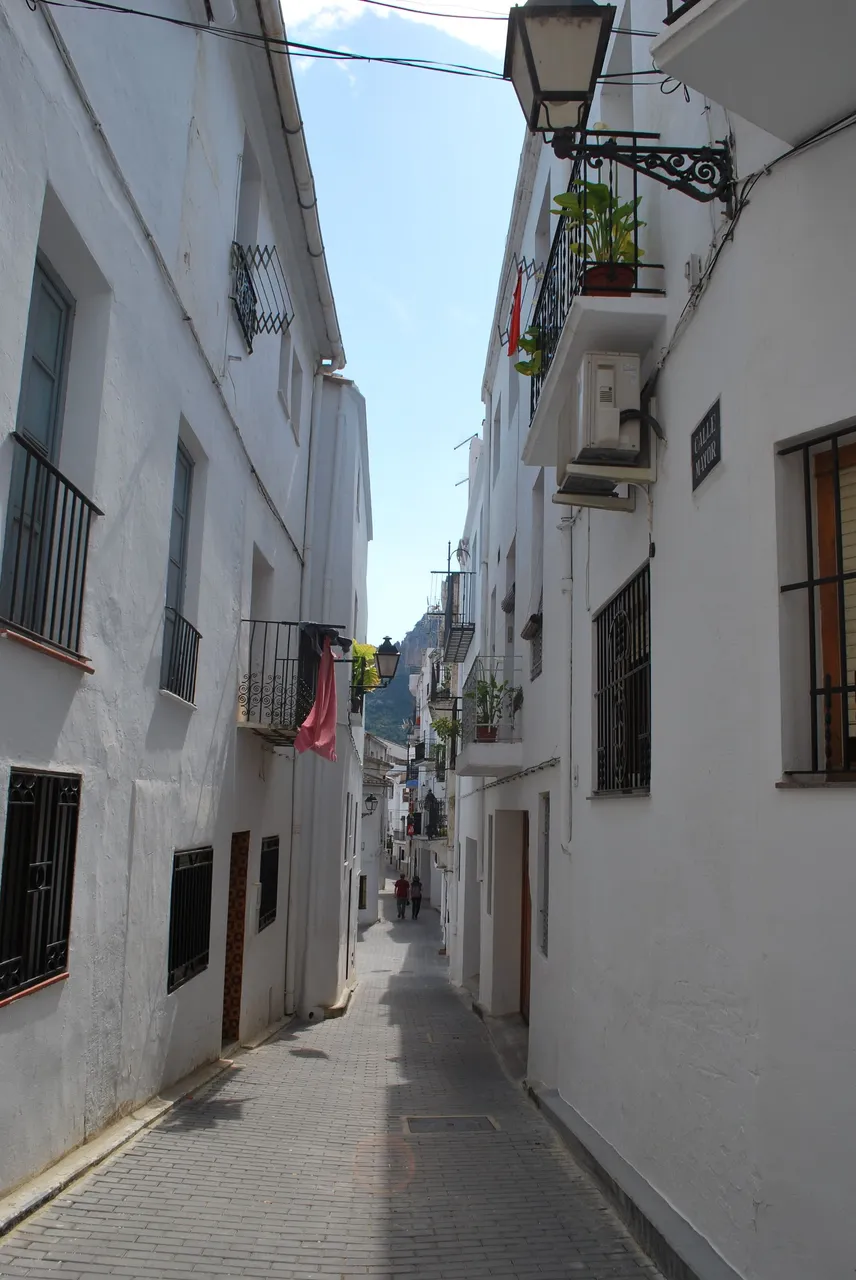

Like the majority of Spanish villages, this one also has a church. Many times they had just a hermitage but when the settlement starts to grow, a Parrish is usually also built. What I could read on the board on the wall of the church is that the name of it is Church of Our Lady of the Angels.
We can see that it is a baroque building and according to the same board, it went through some renovations between the Sixteenth and Eighteenth centuries. The tower with the bell is built in the typical Valencian Baroque style. The bell was keeping quiet though, probably respecting the calm pace of the village.
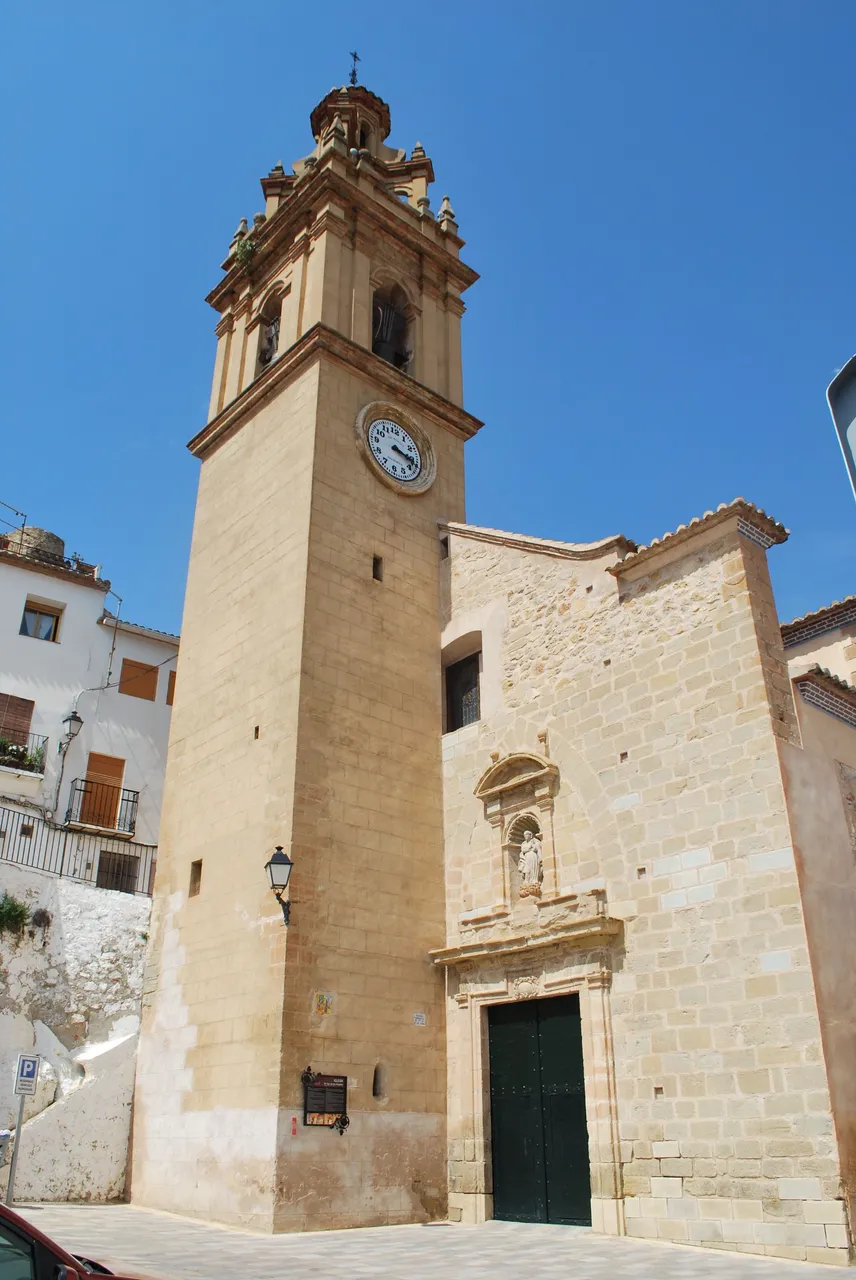

The waiters' pace was also quite slow. Tired, we sat on the terrace of a bar, but the service was so slow that after some twenty minutes we gave up on the waiting. We went away. Ok, I understand, they were full of work, but for sure they were not organized and didn't actually care for some tourists that came now and who knows when again. Well, I still want to see one route around the river that we couldn't make that day (not saying anything else now) but then, I will think about where to search for a refreshment. In my own backpack :)
